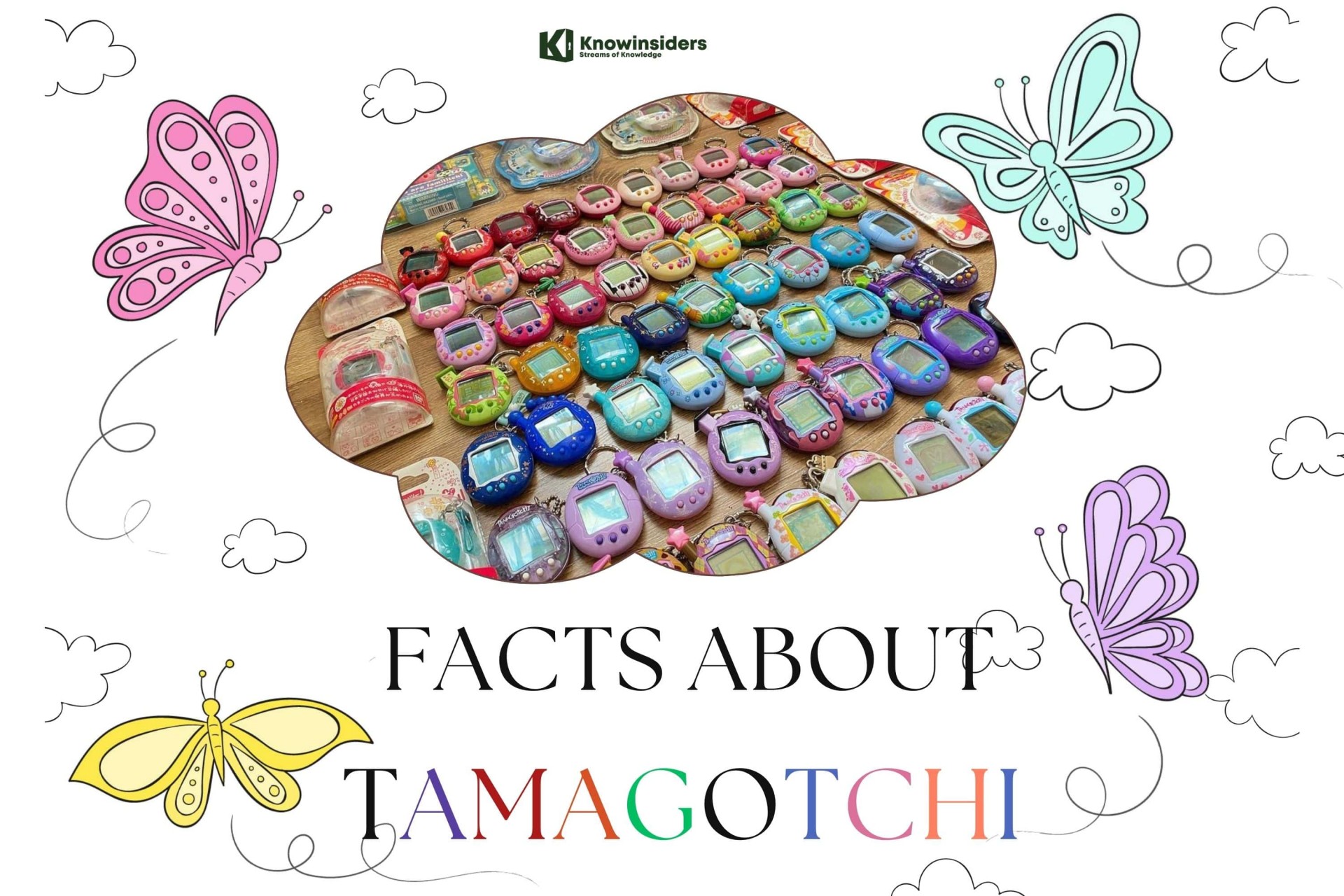Facts about Mercury: Top Amazing Things
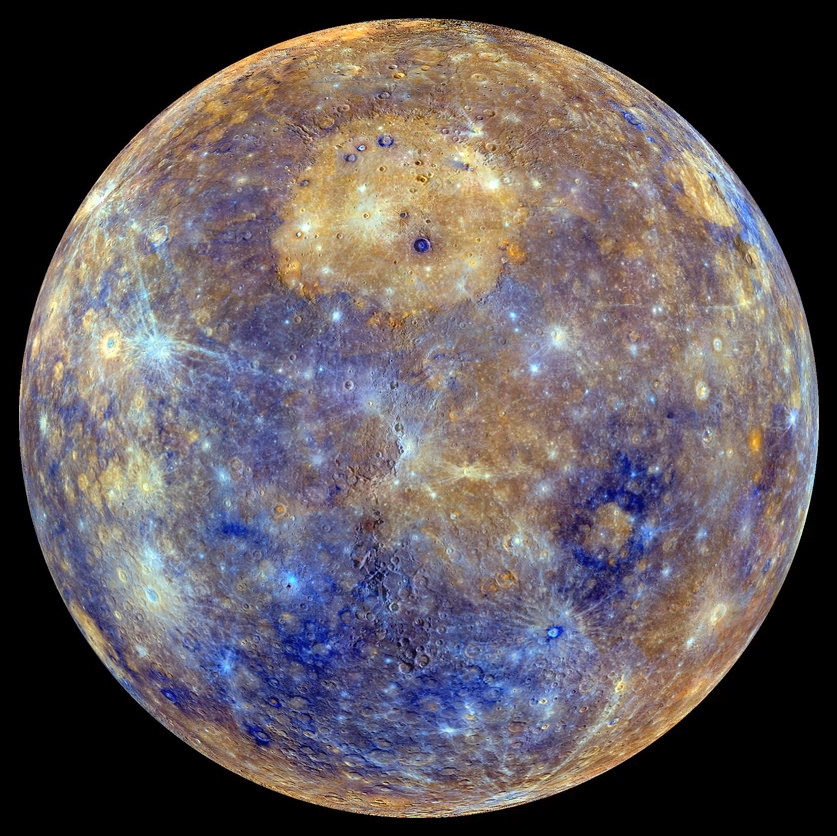 |
| Photo: Universe Today |
A year on Mercury is just 88 days long.
One solar day (the time from noon tonoon on the planet’s surface) on Mercury lasts the equivalent of 176 Earth dayswhile the sidereal day (the time for 1 rotation in relation to a fixed point) lasts59 Earth days. Mercury is nearly tidally locked to the Sun and over time this has slowed the rotation of the planet to almost match its orbit around the Sun. Mercury also has the highest orbital eccentricity of all the planets with its distance from the Sun ranging from 46 to 70 million km.
Mercury is the smallest planet in the Solar System.
One of five planets visible with the naked eye a, Mercury is just 4,879 Kilometres across its equator, compared with 12,742 Kilometres for the Earth.
Mercury is the second densest planet.
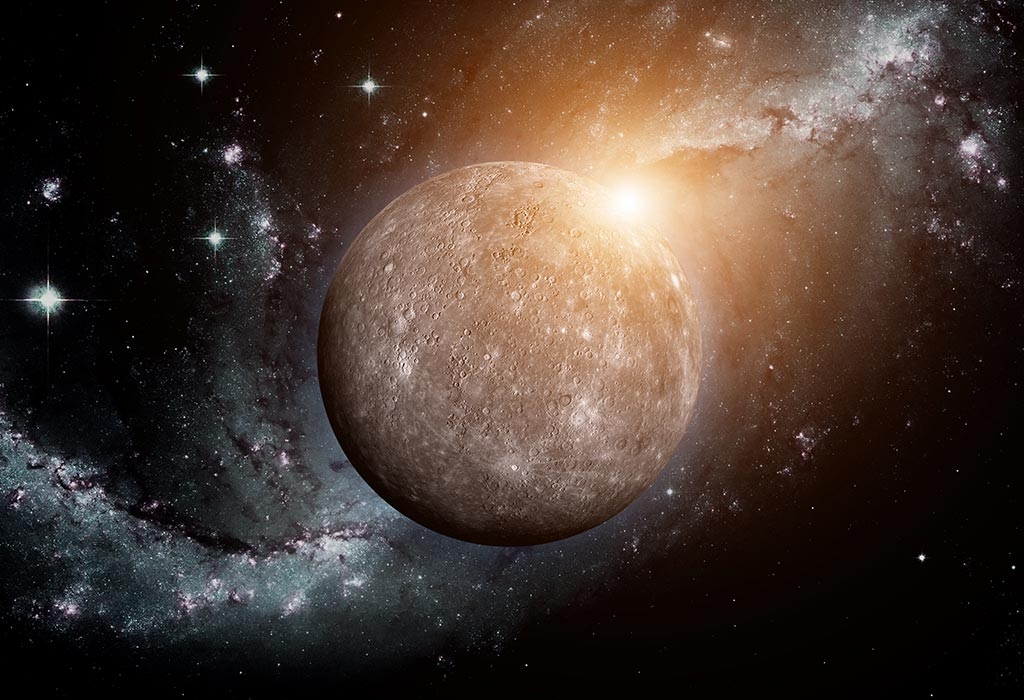 |
| Photo: FistCry Parenting |
Even though the planet is small, Mercury is very dense. Each cubic centimetre has a density of 5.4 grams, with only the Earth having a higher density. This is largely due to Mercury being composed mainly of heavy metals and rock.
Mercury has wrinkles.
As the iron core of the planet cooled and contracted, the surface of the planet became wrinkled. Scientist have named these wrinkles, Lobate Scarps. These Scarps can be up to a mile high and hundreds of miles long.
Mercury has a molten core.
In recent years scientists from NASA have come to believe the solid iron core of Mercury could in fact be molten. Normally the core of smaller planets cools rapidly, but after extensive research, the results were not in line with those expected from a solid core. Scientists now believe the core to contain a lighter element such as sulphur, which would lower the melting temperature of the core material. It is estimated Mercury’s core makes up 42% of its volume, while the Earth’s core makes up 17%.
Mercury is only the second hottest planet.
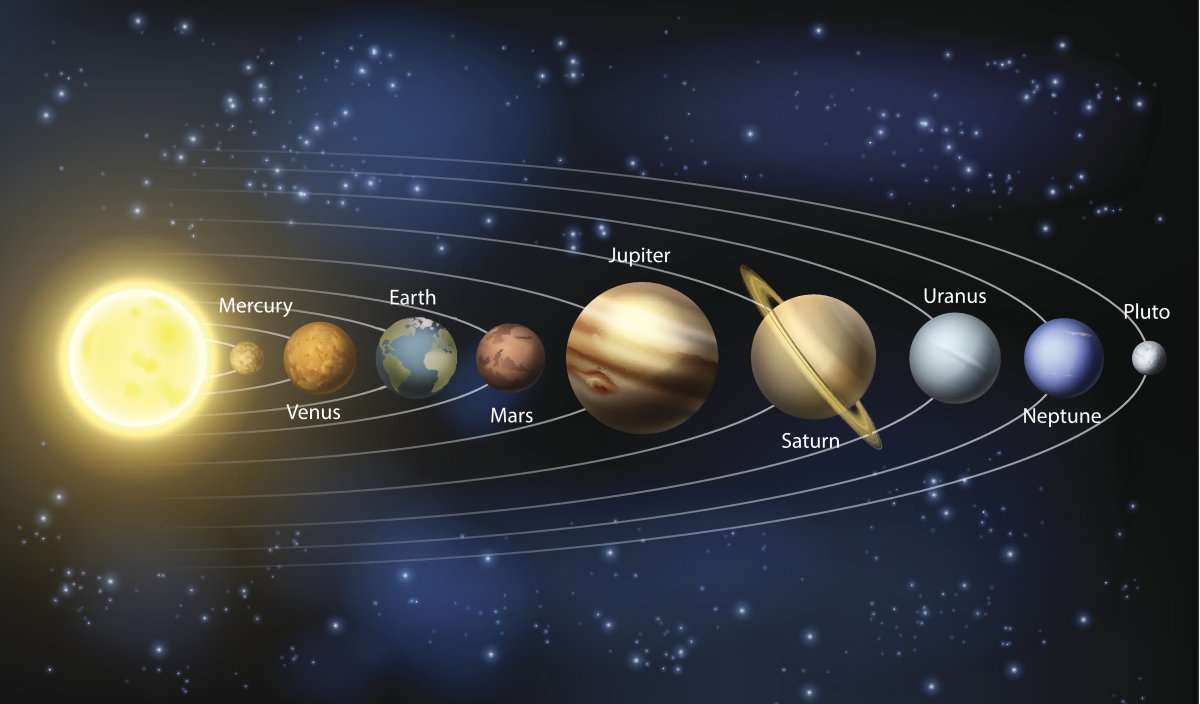 |
| Photo: We You Me |
Despite being further from the Sun,Venus experiences higher temperatures. The surface of Mercury which faces the Sun sees temperatures of up to 427°C, whilst on the alternate side this can be as low as -173°C. This is due to the planet having no atmosphere to help regulate the temperature.
Mercury is the most cratered planet in the Solar System.
Unlike many other planets which “self-heal” through natural geological processes, the surface of Mercury is covered in craters. These are caused by numerous encounters with asteroids and comets. Most Mercurian craters are named after famous writers and artists. Any crater larger than 250 kilometres in diameter is referred to as a Basin. The Caloris Basin is the largest impact crater on Mercury covering approximately 1,550 km in diameter and was discovered in 1974 by the Mariner 10 probe.
Only two spacecraft have ever visited Mercury.
It is difficult to reach the planet due to its proximity to the Sun and any spacecraft visiting would need to travel 91 million kilometers into the Sun’s gravitational potential well. The Mariner 10 visited during 1974-75, flying by Mercury three times and mapping half its surface. On March 24, 1975 it ran out of fuel and is still believed to be orbiting the Sun. The MESSENGER probe was launched in 2004 to explore Mercury’s high density, its geological history, the nature of its magnetic field and more. Another mission, BepiColombo, is to be launched in 2015 by the European Space Agency and Japan is expected to reach Mercury in 2019.
Mercury is named for the Roman messenger to the gods.
The exact date of Mercury’s discovery is unknown as it pre-dates its first historical mention, one of the first mentions being by the Sumerians around in 3,000 BC.
Mercury has an atmosphere (sort of).
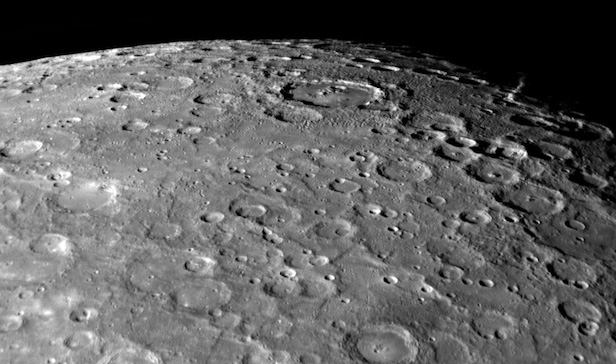 |
| Photo: Space Answer |
Mercury has just 38% the gravity of Earth, this is too little to hold on to what atmosphere it has which is blown away by solar winds. However, while gases escape into space they are constantly being replenished at the same time by the same solar winds, radioactive decay, and dust caused by micrometeorites.
Mercury has more craters and impact marks that any other planet.
The surface is similar to that of the Moon, as unlike most planets, Mercury isn’t geologically active and cannot “self heal” from impacts with asteroids and comets. Most of the Mercurian craters are named after famous writers and artists. If a crater is larger than 250 km in diameter, it is known as a Basin. The largest Basin on Mercury, the Caloris Basin, is around 1,550 km in diameter and was discovered by the Mariner 10.
The planet has just 38% of the gravity on Earth.
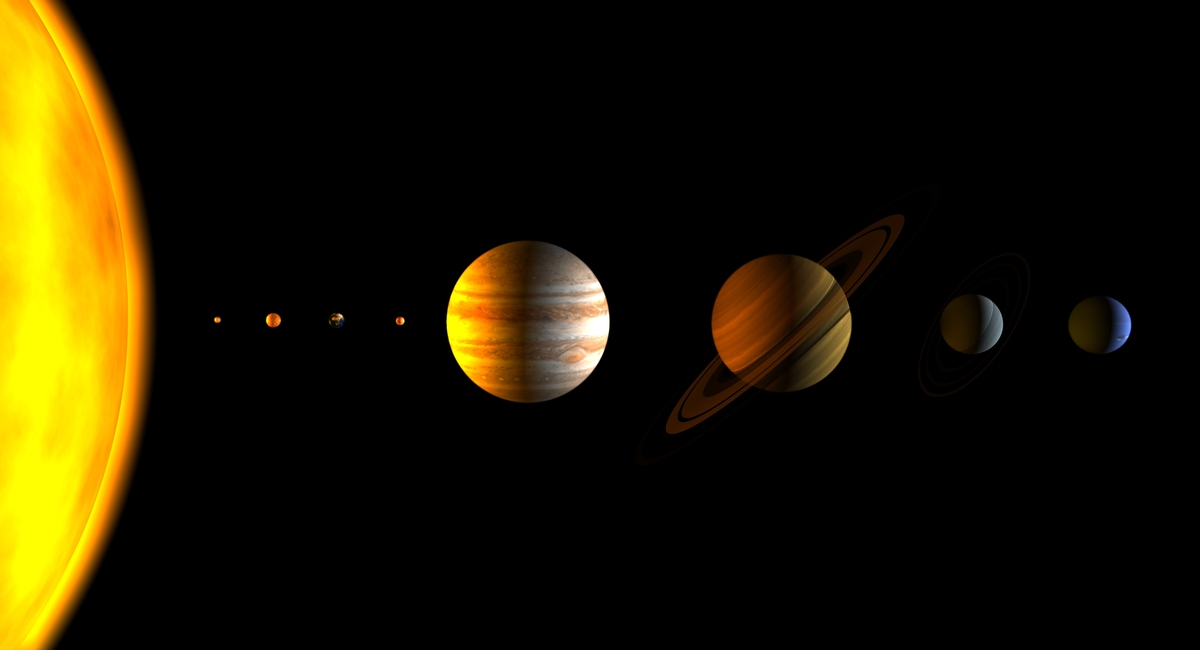 |
| Photo: The Great Courses Daily |
This means that Mercury isn’t able to hold the atmosphere it has and it instead gets blown away by solar winds. However those same solar winds are also bringing in new gases, radioactive decay and dust from micrometeorites – replenishing the atmosphere.
Who discovered Mercury?The naming and discovery of Mercury cannot be attributed to anyone. The ancients knew about Mercury for many years since it is visible with the naked eye. One of the earliest known recorded observations of Mercury is the Mul.Apin tablets. It is believed that these observations were made by an ancient Assyrian astronomer around the 14th century BC. The translation of Mercury’s name written upon those tablets translates to “the jumping planet.” |
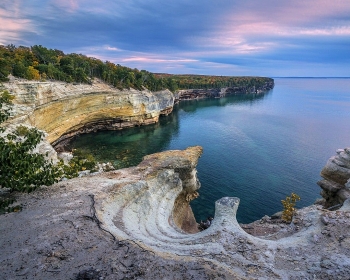 Facts about the Greatest Great Lake: Lake Superior Facts about the Greatest Great Lake: Lake Superior Lake Superior is not only the largest of the Great Lakes; it’s also one of the world’s biggest bodies of fresh water. Now, let's explore ... |
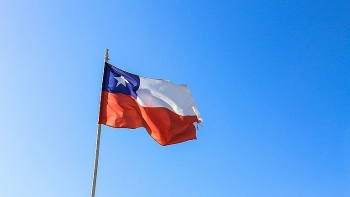 12 interesting facts you may not know about Chile 12 interesting facts you may not know about Chile There is a tale that Chileans are fond of telling tourists. When God created the world, they say, he had a little bit of everything ... |
 9 Crazy Facts about Coca-Cola 9 Crazy Facts about Coca-Cola Crazy Facts: It is obvious that Coca-Cola is easily one of the most iconic brands in existence today. What do you know about this famous ... |

